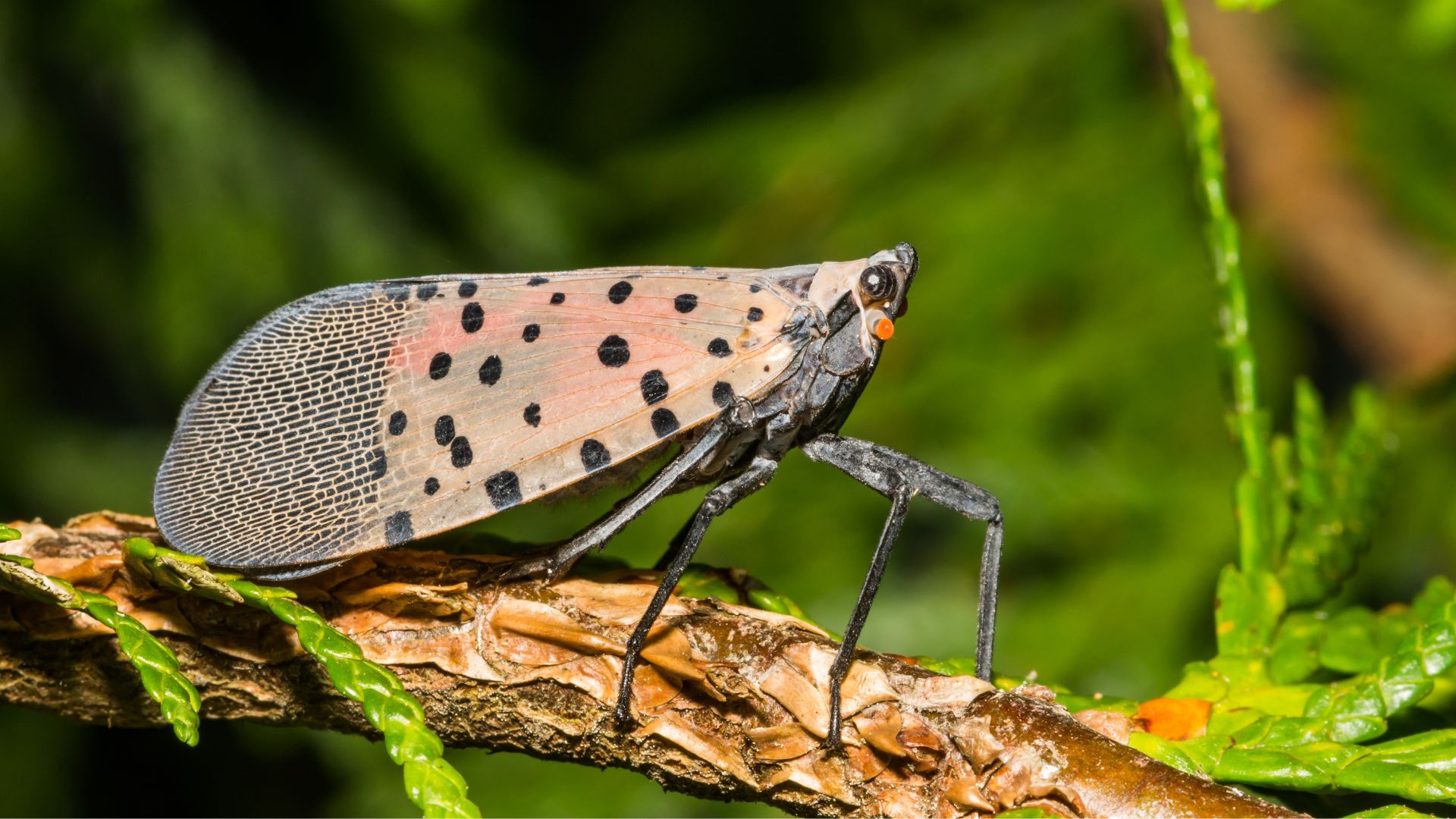
Many insects become irritating pests during the summer months, when people like to get outdoors and enjoy the good weather without being interrupted by bugs. But some insects are more harmful than others and the spotted lanternfly has quickly emerged as one of the more damaging insects that plague our towns and gardens. The invasive species first appeared in the US from its native South Korea in 2014 and has been rapidly growing in population ever since. For many gardeners, this has created a real problem.
Spotted lanternflies feed on plant sap, which they access by biting holes in the surface of plant leaves. This damages the foliage, contributes to overall weakening of the plant and can even encourage the spread of disease. If you have a spotted lanternfly problem, then you may also become vulnerable to other insect populations as the creatures leave behind “honeydew” on the plants, a sugary secretion which attracts other bugs and even mold. These bugs may cause their own damage and lead to large-scale plant death.
For all these reasons, spotted lanternflies are undesirable. Yet you may accidentally be attracting them to your yard, if it’s home to any of the insect’s favorite plants. By understanding which plants attract lanternflies, you can avoid these varietals and reduce the risk of infestation.
What are spotted lanternflies?
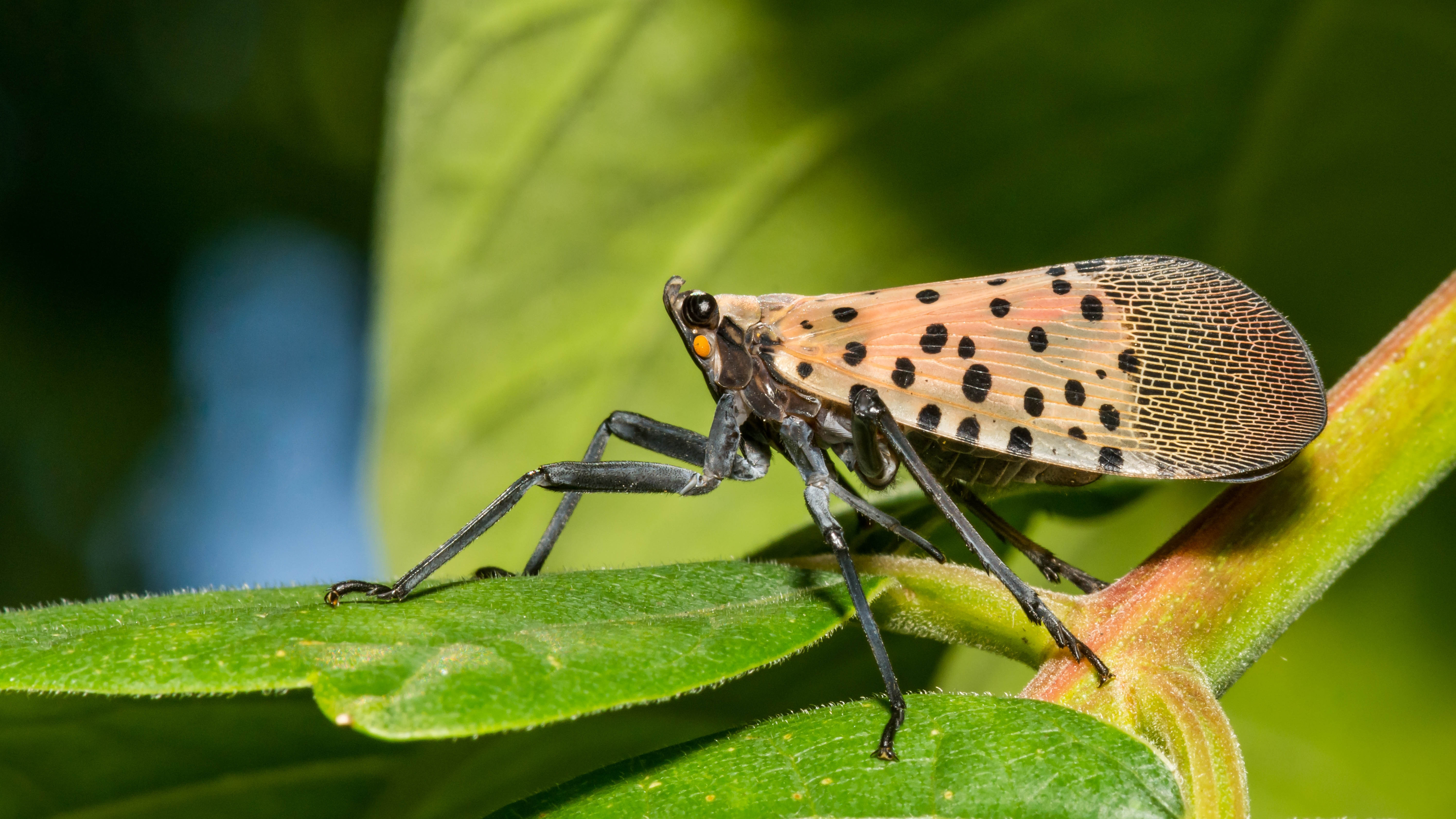
Spotted lanternflies are not actually flies but planthoppers, so called because many species look remarkably similar to plant foliage and use a hopping motion to move between plants. The spotted lanternfly has a very distinctive appearance, with vibrant red-and-black spotted hind wings and brown-and-black spotted forewings. Their abdomen features bars of yellow and black and measures roughly half an inch across and 1 inch in length. Juvenile lanternflies (nymphs) are black-and-white spotted in color and therefore also quite recognizable.
These insects are labeled an invasive species to the US, which is defined as a species that is non-native to an area and “whose introduction causes or is likely to cause economic or environmental harm or harm to human health.” Spotted lanternflies damage the plants that they feed upon by biting through the leaves and secreting honeydew, which attracts further insects and mold. Over time, these insects can cause widespread harm to an area’s viticulture, plant nursery, timber and fruit tree industries, not to mention home gardens.
What plants attract spotted lanternflies?
1. Tree-of-heaven
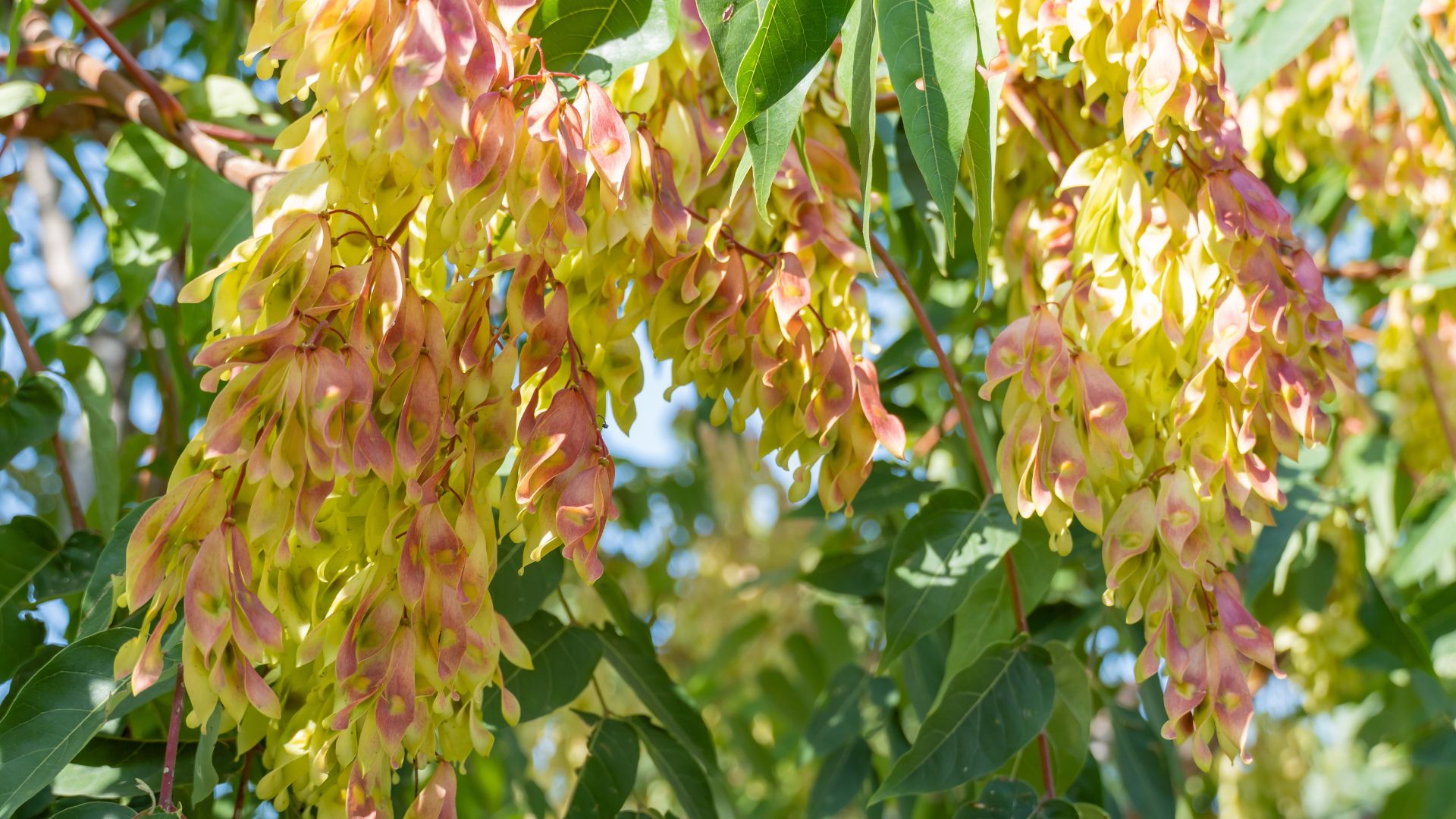
Also known as ailanthus altissima, the preferred habitat of spotted lanternflies is the species tree-of-heaven, which is an invasive tree species originally from China.
Like the lanternflies, tree-of-heaven poses a lot of problems to local vegetation as it wipes out many native species, due its dense thicket and secretion of toxins into the soil. It is a popular host to many insect species as well, particularly damaging ones like the spotted lanternfly.
2. Grapevines
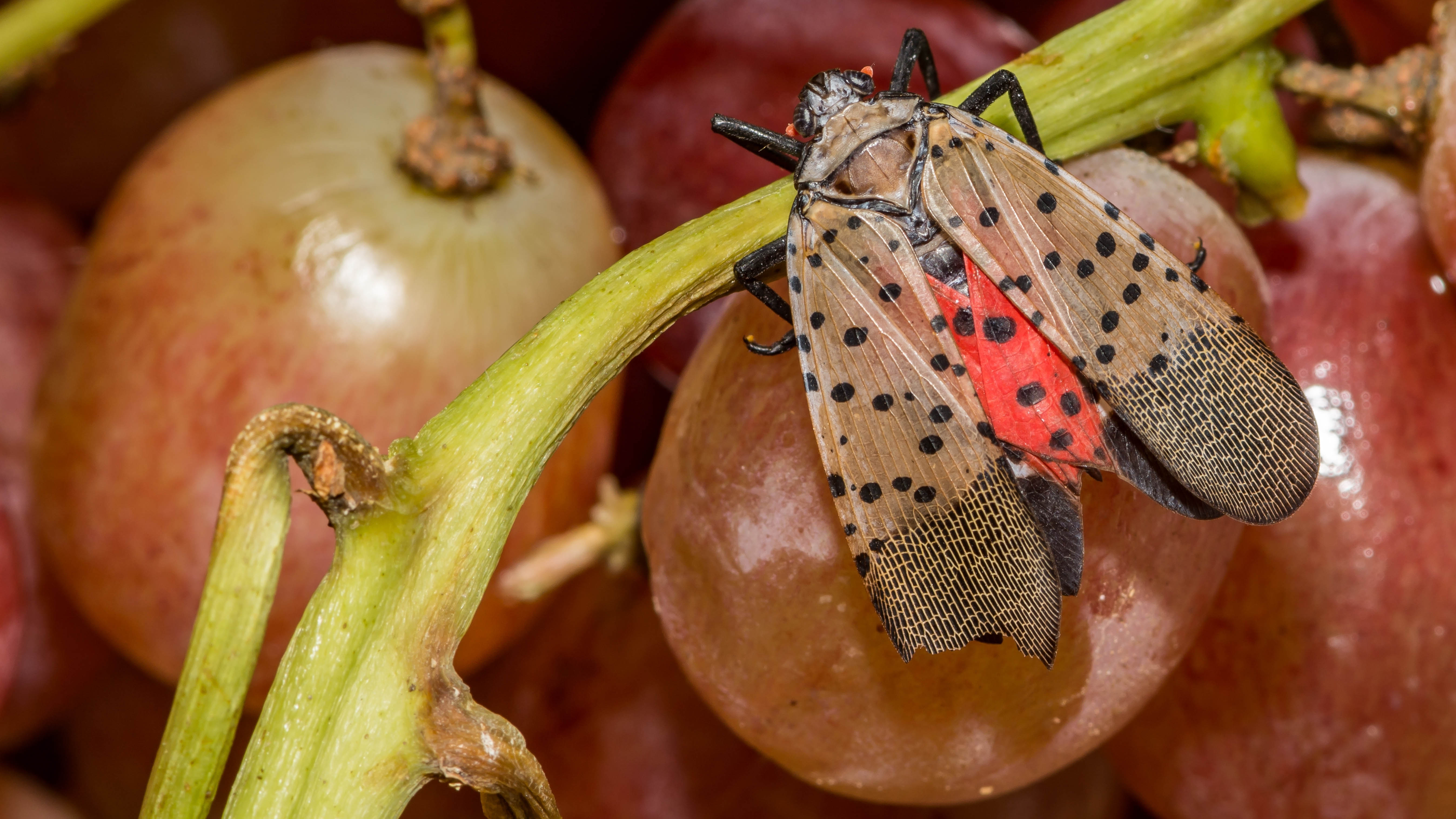
Viticulture is one of the primary victims of the spotted lanternfly, since the insect loves grapes of both cultivated and wild varieties.
It feeds on the vines and can cause significant damage to vineyards, if left to eat the grapevine sap unimpeded. Vines can even be killed if they’ve been too-heavily preyed upon, undoing years of labor.
3. Hops
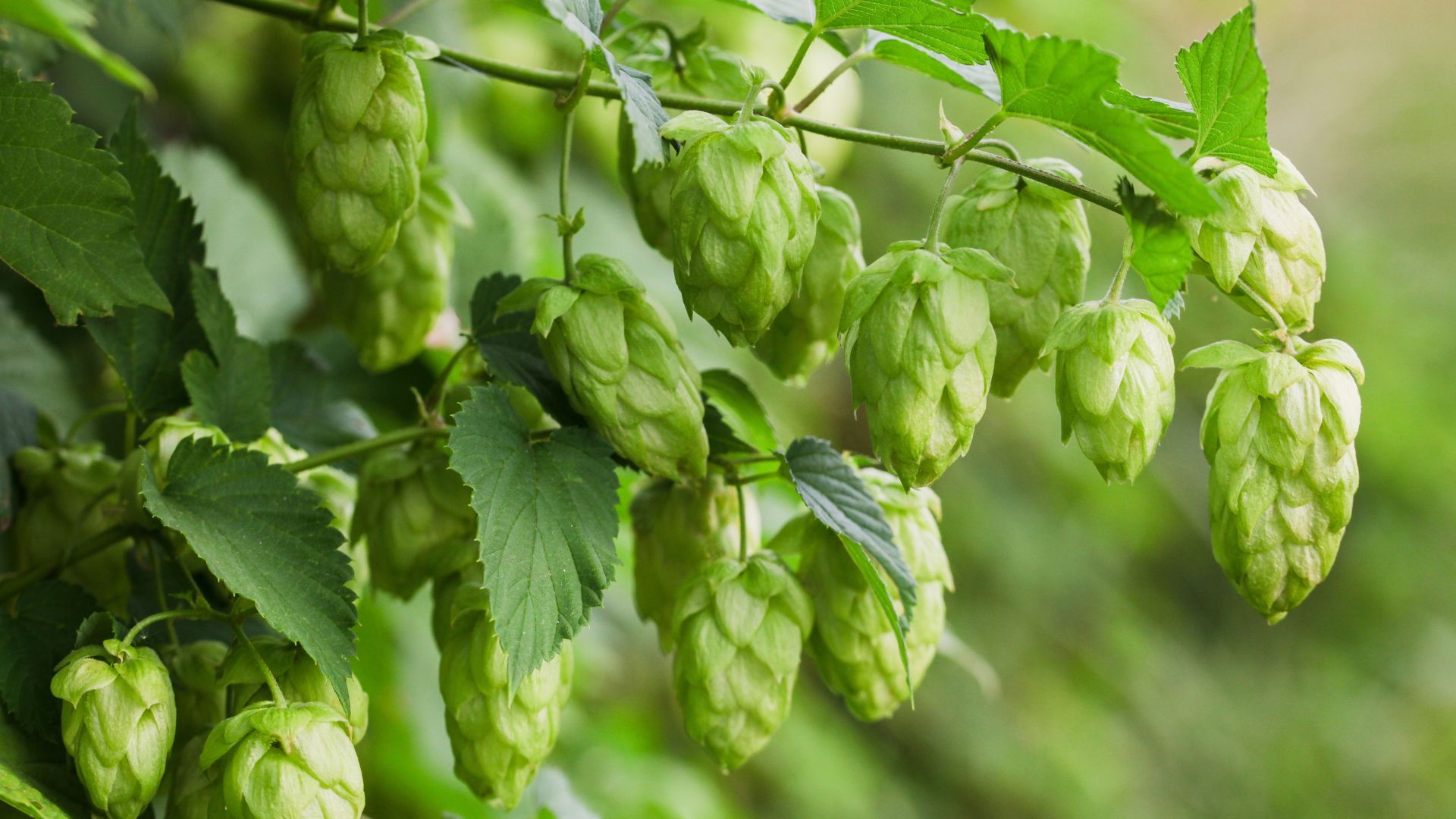
Wine isn’t the only beverage that is impacted by greedy spotted lanternflies. One of the insects’ favorite plants is the hop plant, which is most commonly used in beer brewing but also for non-alcoholic purposes, such as natural remedies and skincare products. Hop crops can be severely damaged by excessive lanternfly feeding.
4. Fruit trees
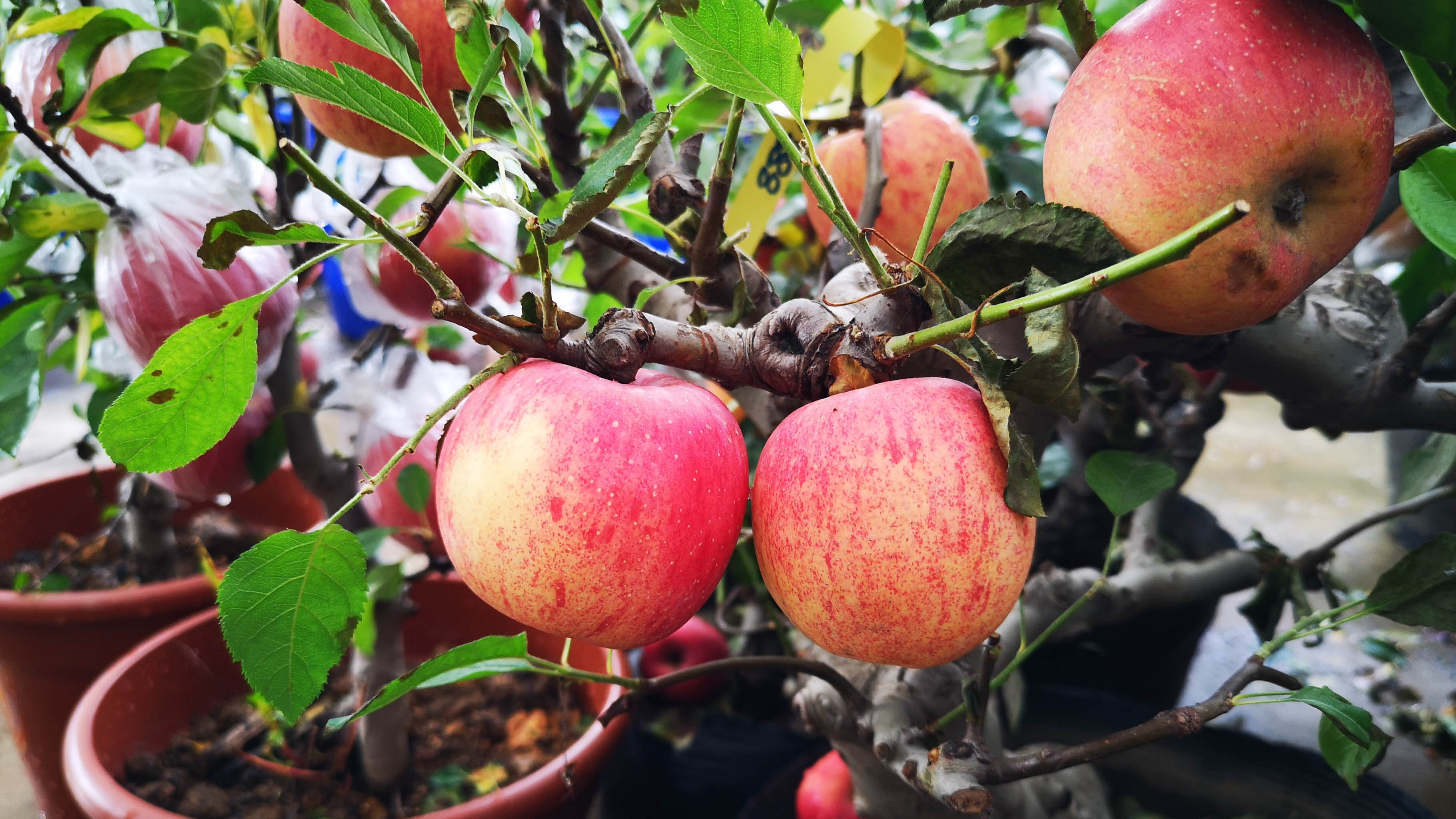
Another industry that falls prey to spotted lanternflies is the fruit industry, as these insects are drawn to a range of different fruit trees.
Some of the most popular varieties include apple trees, peach trees, apricot trees and plum trees, which are frequently targeted by local spotted lanternfly populations.
5. Nut trees
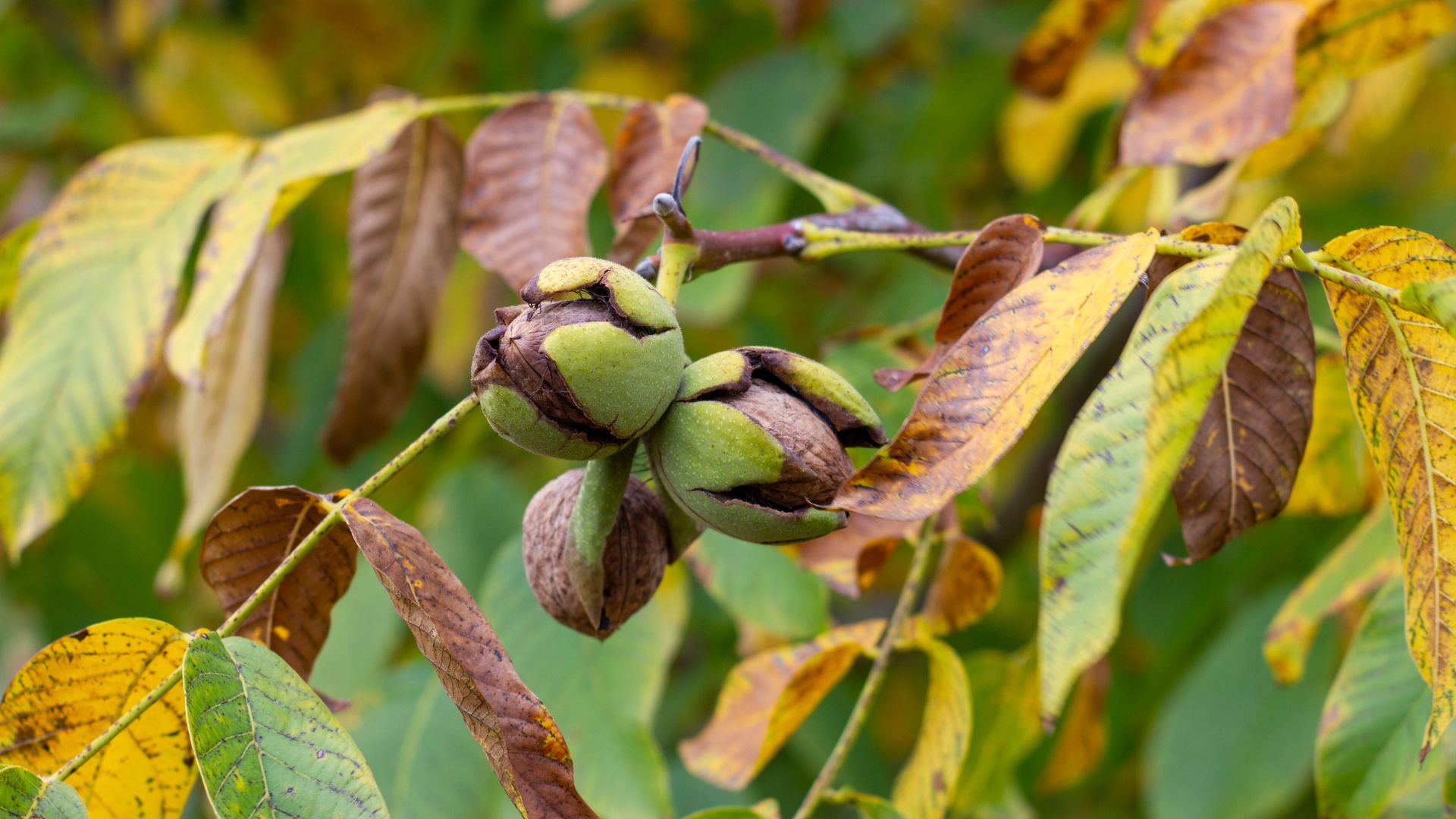
The spotted lanternfly is known to be attracted to the black walnut tree, but that’s not the only nut tree that gets affected by this insect population.
Additional species beloved by the spotted lanternfly include other walnut trees, butternut trees and almond trees.
How to prevent spotted lanternflies
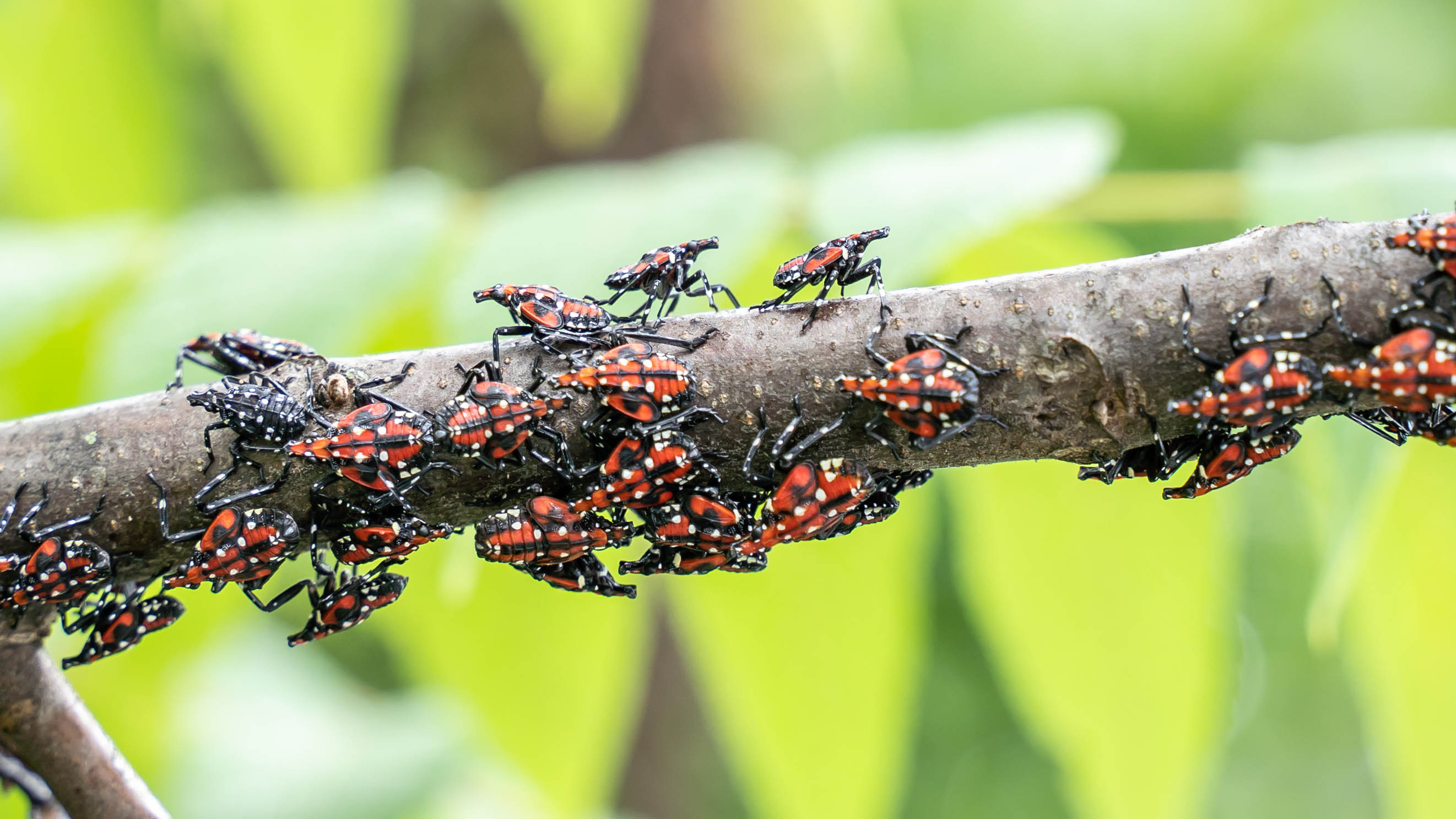
If you have any of these plants in your home garden, you may want to consider removing them from your yard – especially if they are already being attacked and damaged by spotted lanternflies. By removing the species that most attract the insect population, you reduce the appeal of your garden and encourage the pests to feed elsewhere. Of course, it may not be practical to uproot all of these plants, especially if you have an orchard or grow any of the most-affected crops for commercial reasons.
The first move when trying to get rid of spotted lanternflies should be to look for any traces of tree-of-heaven and remove them immediately if found. This species is harmful to your garden’s other inhabitants, even without the spotted lanternfly component, and so is worth removing anyway. But as the primary host of the spotted lanternfly, it’s also one of the most effective ways to keep that insect at bay.
Another option to prevent or reduce spotted lanternfly populations is to attract their natural predators, such as other insects (spiders, wasps, lacewings) or even birds and other local fauna. You can do this by planting their preferred species of plants, creating inviting habitats for these animals and potentially hanging a bird feeder or two. If it’s practical for you, you may even want to consider introducing chickens to your backyard.







